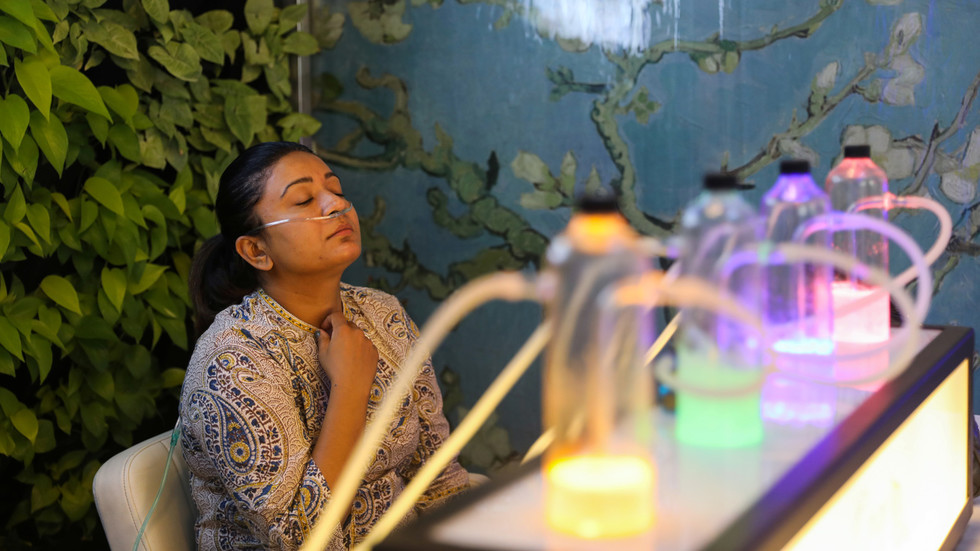Bollywood movies usually depict real life situations. The cinema is like a mirror to the society, usually giving relevant messages. But there are some movies which are over the top, dreamy and spectacular on 70mm. While the arrival of OTT platforms is becoming popular medium but silver screen still holds a special place in our hearts and will continue to do so.
In recent times, some filmmakers with brilliant content have hardly left us disappointed. Their movies are so good, it wins your heart. And listening to fans, the makers decided to spun a sequel on Dostana and Aankhen.
Taking to Instagram, Kartik Aaryan, who is the lead actor in Dostana 2 alongside Janhvi Kapoor, posted a picture with Dharma head honcho Karan Johar.
1.Hum Tum
A 2004 movie about 2 people meet, fall in love, break up and then come together again. Lead roles played by Saif Ali Khan and Rani Mukerji, the film was heartwarming, romantic and had portions of comedy.
The movie especially the songs was so relatable to the young generation that it ended up garnering five Filmfare awards. The duo came together in Thoda Pyaar, Thoda Magic, Tara Rum Pum and this. They have not come together in so long and everyone wants to know what transpired after their wedding. So a sequel definitely will work.
2.Andhadhun
A story of a blind piano player who unwittingly becomes embroiled in a murder. The movie features Ayushmann Khuranna and we know what’s that looking like in 2019. He is one of the finest actors of this era. And audience is seeking a sequel for this one as the ending of the movie was left open ended. Andhadhun leaves you to imagine what could have possibly happened. Fun fact: It was made on a budget of Rs 32 crore and ended up raking in Rs 456 crore.
3.No Entry
OMG! This is one movie we’re dying to have a sequel for. The movie is a hilarious roll coaster ride about three married friends – Sunny, Kishan and Prem who get stuck with Bobby (Bipasha Basu). Their wives constantly doubt their better halves and they get into trouble without really having done anything.
There were rumors during the making that the movie could be similar to Masti. However, the producer of the film Boney Kapoor stressed that he would never endorse innuendo-based films such as Masti. While Masti has had many versions so far, No Entry is yet to get a sequel. It’ll be interesting to see who will play Salman Khan, Anil Kapoor and Fardeen Khan’s roles although we would like the original trio.
4.Queen
This 2014 movie was one which liberated many women. It shows Kangana Ranaut as an under confident Punjabi girl in a comic-drama when her wedding is called off. She then decides to embark on her honeymoon all by herself and shows the situations she gets into. Queen is a journey about a timid girl who in the end becomes happy, free and liberated and OWNS it. And people still want to know what really happened to Queen aka Kangana and does she end up getting married to someone at all.
A sequel will definitely help us get a closure.
5.Andaz Apna Apna
This Salman Khan-Aamir Khan starrer has become a cult status over the years. Infact, the language used in the film has become a part of our everyday conversations. “Do dost ek pyaale se chai piyenge, ussey pyaar badhta hai” is just one of our favourite dialogues from the film. It’s a dream we all secretly think of – to marry someone rich and nice, right? Andaz Apna Apna revolves around two day dreamers who ‘smartly’ fall in love with two rich girls from a business family. However, the twists and turns that come along with it are hilarious and unmissable. A lot of people want Salman-Aamir to come together to show lives after they get married to Raveena and Karisma Kapoor. Now, now, wouldn’t that be interesting?
6.Rockstar
This movie is a tribute to Jim Morrison. Ranbir Kapoor aka Jordan embarks on a musical journey as he aspires to be a rock star. He attains all the fandom he dreamt of but becomes anguished and distant after losing Heer aka Nargis Fakhri who he passionately loves.
The 2011 movie received a cult classic in India where AR Rahman was awarded for excellent music throughout the film and Kapoor for his impeccable acting. In the sequel, it’ll be interesting to see Jordan’s life post Heer and how he handles the stardom.
7.Ae Dil Hai Mushkil
It’s musical. It’s romantic. It’s dramatic. Helmed by Karan Johar, the movie is based on the concept of unrequited love. Apart from having a stellar starcast, Ae Dil Hai Mushkil had some picturesque locations as well.
The movie which revolved around how a man who gets friend zoned by the one he loves goes to a woman older than him seeking for the same affection. Failing to achieve that, Ranbir who pays the lead role tries getting back to his old love. However, he still gets the same response despite her ailing health.
The movie features Fawad Khan, Ranbir Kapoor, Anushka Sharma, Aishwarya Rai and a special appearance by Lisa Haydon and Alia Bhatt. Karan Johar is known for making larger than life cinema and this particular movie apparently depicts a portion of his real life.
The movie was the highest grossing film of 2016 and it would be interesting to see if Ranbir eventually does fall in love with someone, at all.
